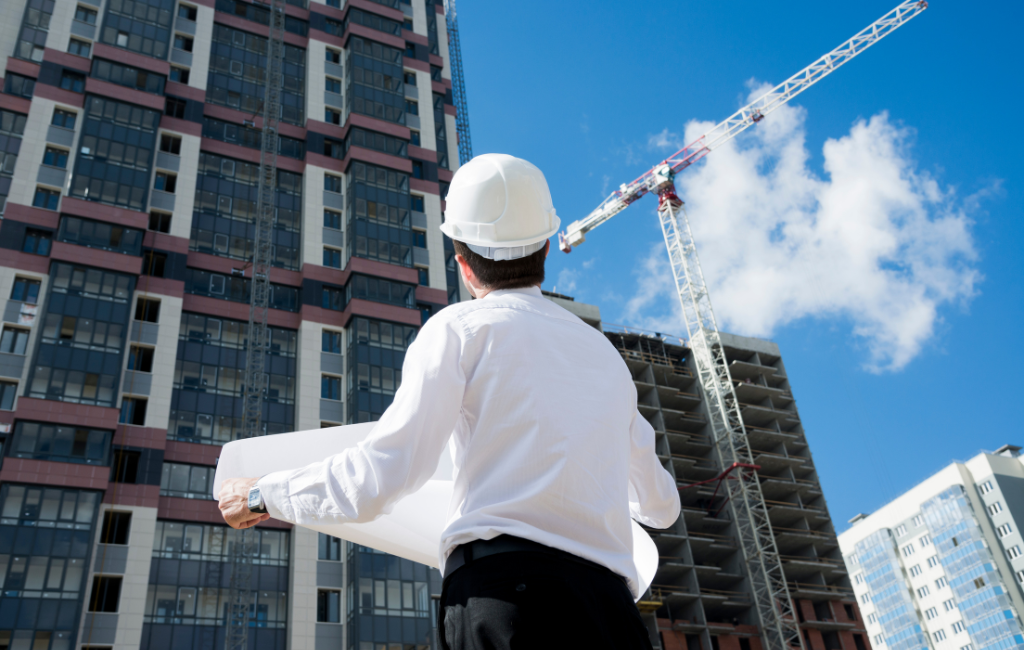Architect: Designing Environments That Inspire and Innovate
Architecture is more than just the creation of buildings; it is the art and science of designing spaces that inspire and innovate. Architects play a pivotal role in shaping the environments where we live, work, and play. This article explores the multifaceted world of architecture, highlighting the ways in which architects design environments that foster creativity, sustainability, and community.
The Role of an Architect
Architects are responsible for the conceptualization, design, and construction of buildings and spaces. Their work involves a blend of creativity and technical expertise, requiring a deep understanding of materials, engineering principles, and environmental considerations. Architects must balance aesthetic appeal with functionality, ensuring that their designs meet the needs of the users while adhering to safety and regulatory standards.
Key Responsibilities
- Conceptualizing and developing design ideas
- Creating detailed architectural plans and blueprints
- Collaborating with engineers, contractors, and clients
- Overseeing construction to ensure adherence to design specifications
- Incorporating sustainable practices and materials
Innovative Design Approaches
Innovation in architecture is driven by the need to address contemporary challenges and improve the quality of life. Architects are constantly exploring new materials, technologies, and design philosophies to create spaces that are not only functional but also inspiring.
Biophilic Design
Biophilic design is an approach that seeks to connect building occupants more closely to nature. This can be achieved through the use of natural materials, incorporation of plants and greenery, and the creation of spaces that maximize natural light and ventilation. Studies have shown that biophilic design can enhance well-being, productivity, and creativity.
Adaptive Reuse
Adaptive reuse involves repurposing existing buildings for new uses. This approach not only preserves historical and cultural heritage but also reduces the environmental impact associated with new construction. Examples include converting old factories into modern office spaces or transforming warehouses into residential lofts.
Parametric Design
Parametric design leverages advanced computational tools to create complex and innovative architectural forms. By using algorithms and data-driven processes, architects can explore a wide range of design possibilities and optimize their structures for performance and efficiency.
Case Studies of Inspirational Architecture
Examining real-world examples can provide valuable insights into how architects are pushing the boundaries of design and innovation.
The High Line, New York City
The High Line is a prime example of adaptive reuse and urban revitalization. This elevated linear park was created on a disused railway track, transforming it into a vibrant public space that attracts millions of visitors each year. The project has spurred economic development in the surrounding neighborhoods and serves as a model for urban green spaces.
Marina Bay Sands, Singapore
Marina Bay Sands is an iconic architectural marvel that combines luxury, entertainment, and sustainability. Designed by architect Moshe Safdie, the complex features three interconnected towers topped by a sky park with an infinity pool. The design incorporates energy-efficient systems and sustainable materials, making it a benchmark for green building practices.
Fallingwater, Pennsylvania
Designed by Frank Lloyd Wright, Fallingwater is a masterpiece of organic architecture. The house is built over a waterfall, seamlessly integrating with its natural surroundings. Fallingwater exemplifies Wright’s philosophy of harmony between human habitation and the environment.
The Impact of Sustainable Architecture
Sustainability is a core principle in modern architecture. Architects are increasingly focused on creating buildings that minimize environmental impact and promote resource efficiency.
Green Building Certifications
Green building certifications, such as LEED (Leadership in Energy and Environmental Design) and BREEAM (Building Research Establishment Environmental Assessment Method), provide frameworks for assessing the sustainability of buildings. These certifications consider factors such as energy efficiency, water conservation, and indoor environmental quality.
Net-Zero Energy Buildings
Net-zero energy buildings are designed to produce as much energy as they consume, typically through the use of renewable energy sources like solar panels and wind turbines. These buildings represent a significant step towards reducing the carbon footprint of the built environment.
Passive Design Strategies
Passive design strategies focus on optimizing the building’s orientation, insulation, and natural ventilation to reduce the need for artificial heating and cooling. By harnessing natural energy flows, passive design can significantly lower energy consumption and enhance occupant comfort.
Community-Centric Architecture
Architecture has the power to shape communities and foster social connections. Community-centric design prioritizes the needs and aspirations of the people who will use the space, creating environments that promote inclusivity and engagement.
Public Spaces
Well-designed public spaces, such as parks, plazas, and community centers, serve as gathering points for social interaction and cultural activities. These spaces can enhance the quality of life and strengthen the sense of community.
Affordable Housing
Architects play a critical role in addressing the global housing crisis by designing affordable and sustainable housing solutions. Innovative approaches, such as modular construction and community land trusts, can provide high-quality housing for underserved populations.
Participatory Design
Participatory design involves engaging community members in the design process to ensure that their needs and preferences are reflected in the final outcome. This collaborative approach can lead to more meaningful and impactful architectural solutions.
Conclusion
Architects are at the forefront of designing environments that inspire and innovate. Through their creativity, technical expertise, and commitment to sustainability, they shape the spaces that define our lives. By embracing innovative design approaches, prioritizing sustainability, and fostering community engagement, architects can create environments that not only meet the needs of today but also inspire future generations.
